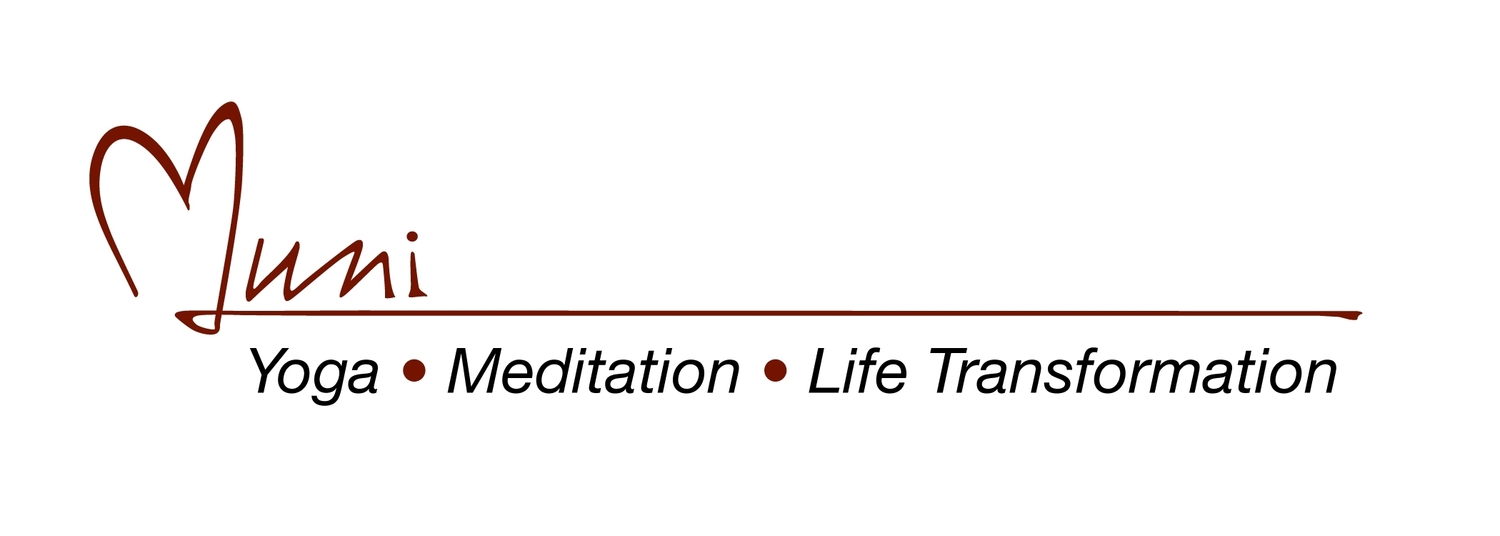The Waking Level of MInd
/If we position awareness in the physical body and the physical realm, and we spend all our waking hours in that conscious state of mind, naturally we are going to identify with that body, that realm and that state.
When we practice a deeper yoga that focuses on breaking out of this three-faceted sense of false identity, we find ourselves stepping back and detaching into a watcher awareness, observing the physical body, the physical realm and the conscious state of mind.
At first, this watcher awareness is faint because it has arisen inadvertently as an unanticipated consequence of a general yoga practice. Yet, as we catch the idea this state of detached observation is worthy of intentional pursuit, we begin to cultivate watcher awareness as a yoga in itself.
Working to hold watcher awareness, we find we can study the power of our instinctive nature from a distance where we can feel its magnetism just beginning to pull us into all-encompassing experiences of seeing, hearing, feeling, smelling and tasting in the physical realm. We also find we can investigate just how this involvement with the physical realm through the instincts of the physical body can trigger emotions that urge us to seek solace in the intellect. Finally, we find we can examine the intellect to see how its development begins with a manipulation of remembered information rather than truly original thinking.
All of this and more we can learn about the conscious state of mind by simply being that watcher that can only see what it sees because it is separate enough from what it sees to see it clearly. From this we can also sense that, when we are the watcher, we are not in an externalized state of consciousness at all. We are outside externalization—or to put it more precisely, we are inside externalization, looking out at it.
If everyone suddenly pulled back into watcher awareness, the conscious state of mind would not be what it is at all, for it is what it is only because of the externalization of those consumed enough in an awareness of it to be caught by it. “Externalization” here refers to a state of mind in which nothing beyond a world perceivable through the five senses is acknowledged as having substantial existence.
Because the conscious state of mind is a product of awareness consumed in the physical realm, it is also a product of awareness preoccupied with physical things to want and have. Since blind ignorance is the common ground of awareness bound in this conscious state of mind, no one caught there knows that no thing can yield happiness. Thus, most everyone caught there seeks happiness by seeking things.
Additionally, since being caught in the conscious mind also means identifying with the physical body, those thus caught also seek happiness by thrilling, clothing and feeding the body—and by making a lot of money to do more of the same. Such stuck-in-the-body living is like treadmill-running after a satisfaction that is forever advancing ahead of us, just out of reach.
When we feel trapped in this most externalized state of consciousness, we experience a stark variety of fear that can only arise when we are so completely cut off from our own intuition we have lost even the faintest sense that we are actually an immortal entity impervious to harm. As might be expected, it is when we find ourselves so fully at the mercy of a fear like this that we are so understandably inclined to cobble together whatever externalized security we can derive from name, fame, fortune, and the like.
Though we could be in any of many places besides this outer condition of consciousness, we will not be anywhere but there so long as we remain unknowingly addicted to the lure of our own fascination with novelty. Drawn into the conscious mind by intrigue, curiosity and desire, and hounded there by fear, we seek a seeming safety in a fortress we build around a false sense of “I.” Although this hard-walled stronghold of wrong identity makes us insensitive and tough, we perpetuate it at all costs—even when it begins to cost more than the sense of security it was created to nurture and protect.
Thus it is that a primary objective of yoga is to withdraw from the conscious state of mind—when we are ready, of course, for how could such withdrawal occur otherwise? When we are finally ready and withdrawal does finally occur, the conscious state of mind becomes an object of study and a point of focus for internalizing rather than externalizing awareness.

